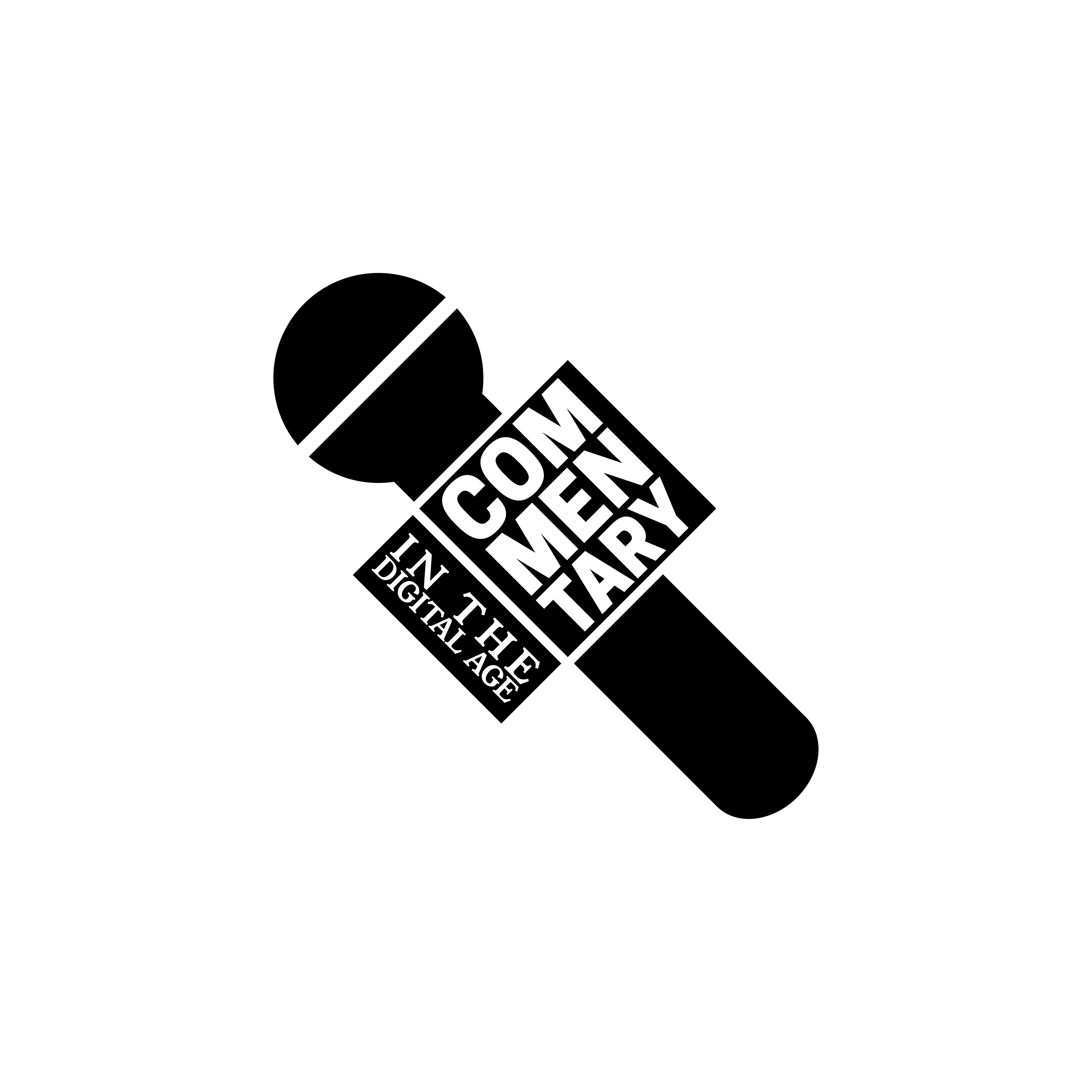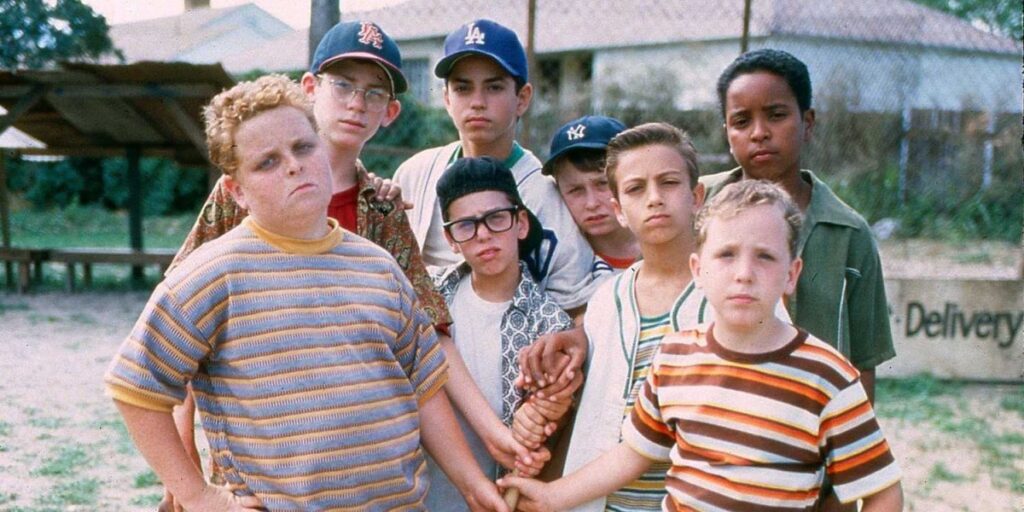No matter how wealthy you become or how great the family you create as an adult, you’ll never re-discover actual innocence for the rest of your Earthly life. In this day and age, our screens are traps, constantly feeding us news, often with harrowing spins on the world we find ourselves in. Today, more live in fear of tomorrow than ever before.
If you’re like me, a 20-something on the verge of a college degree caught between stages of maturity with your long-term future uncertain, you still have plenty of time to figure things out. You’re also trying to put off such planning as long as possible if you’re also like me. The last couple of weeks, my last semester of college, alongside an exhausting job search, have weighed on my mind day and night. In a process where I should be looking forward to my future, I pine for my past. Through all the home videos my family kept, I best remember my world as a child through the projector’s lens that displays the most guiltless, unpretentious, and nostalgic film of all time: David Mickey Evans’s “The Sandlot” (1993).
Since I was a young boy, I knew I wanted my life to revolve around baseball. In perfect alignment, that’s what this movie is all about. 12-year-old Scott Smalls moves to a new state in the 1960s and is encouraged by his mother to make friends for the upcoming summer. One day, Smalls follows a group of local kids to the neighborhood sandlot, a run-down grass field with thin dirt lines resembling a baseball field. Smalls’s toy glove and embarrassingly long-billed ballcap sum up his ability as a player, but the help of one Benny Rodriguez allows him to fit in with the group over time.
Smalls’s baseball skills and knowledge improve, and by the end of the summer, he crushes the first home run of his life. Without knowing its worth, Smalls, after Rodriguez tore the cover off that day’s ball, had hit his step-father’s prized possession, a Babe Ruth signed baseball, over the sandlot fence and into the lair of the supposed child-eating gorilla dog known as “The Beast.”
Before going further, it’s this moment where Smalls falls to his knees in worry, which often remains with me from this movie. I was once his age, with the same love for baseball, with the same worst problem in the world: hitting a ball where it wasn’t supposed to go. What I’d give for this to be my most pressing moment again.
Across the street from my childhood home was an apple orchard, thankfully deprived of menacing animals. As kids, a home run was a ball hit into the rows of trees. We’d play until the last ball was sent over the road, and that’s when we had to stop playing for the day, much like the movie. In addition to this, my entire friend group revolved around baseball, and most of these kids I still keep in touch with from afar. The Sandlot kids were a more rural version of my best friends growing up.
Despite being able to recite the movie almost word-for-word, it took me hours upon hours to put this together, seemingly just as long as Rodriguez “pickled” The Beast around town in the climax. It felt like I had to summarize my entire childhood in this one article, something that couldn’t be done appropriately. The best way for me to express it was through the Sandlot story. A bunch of kids make and maintain lifelong friendships and everlasting memories by playing baseball all day, every day, worrying only about getting their ball back.
The Sandlot represents everything perfect about being a kid. No matter your age, for 100 minutes, you return to the carefree days of childhood, an escape whose tunnel is as small as ever in 2025. More than 30 years since its premiere, anyone at any age can put this in the DVR and not only be able to appreciate their past but use it to make a better future. As Babe Ruth said in the movie:
“Remember, kid: There are heroes, and there are legends. Heroes get remembered, but legends never die. Follow your heart, kid, and you’ll never go wrong.”


